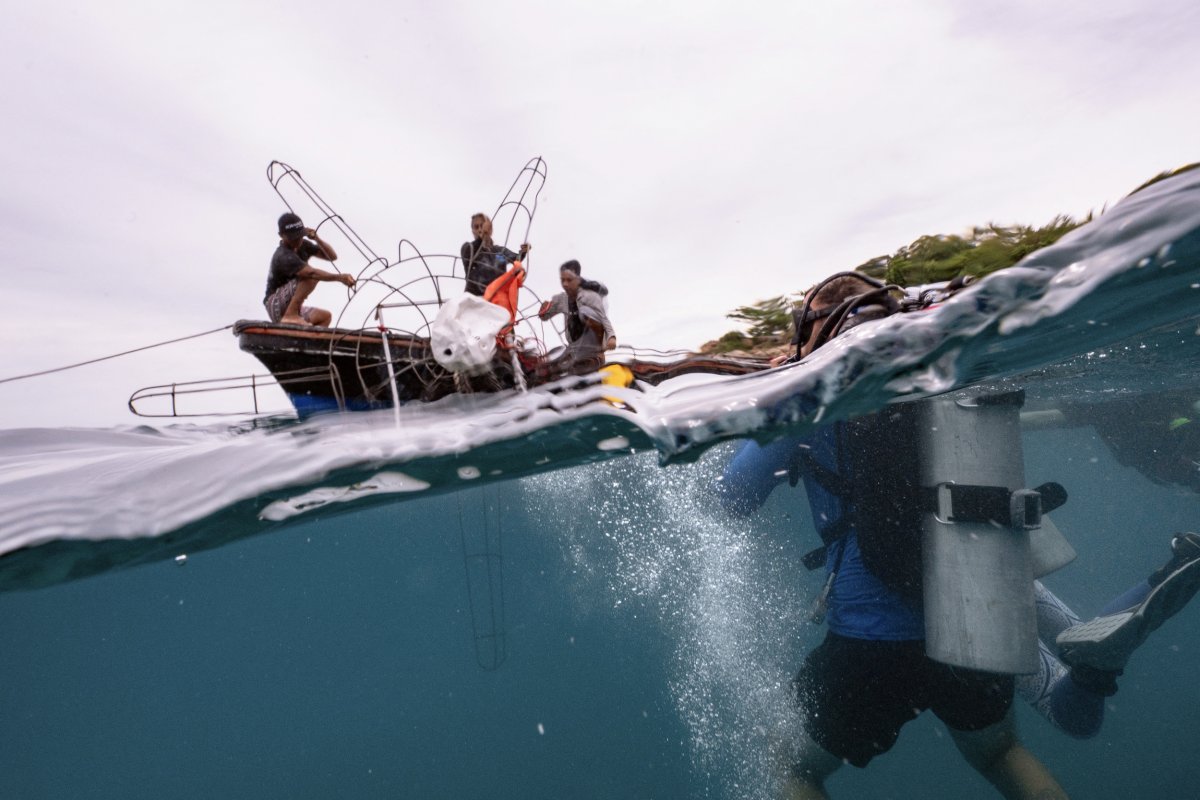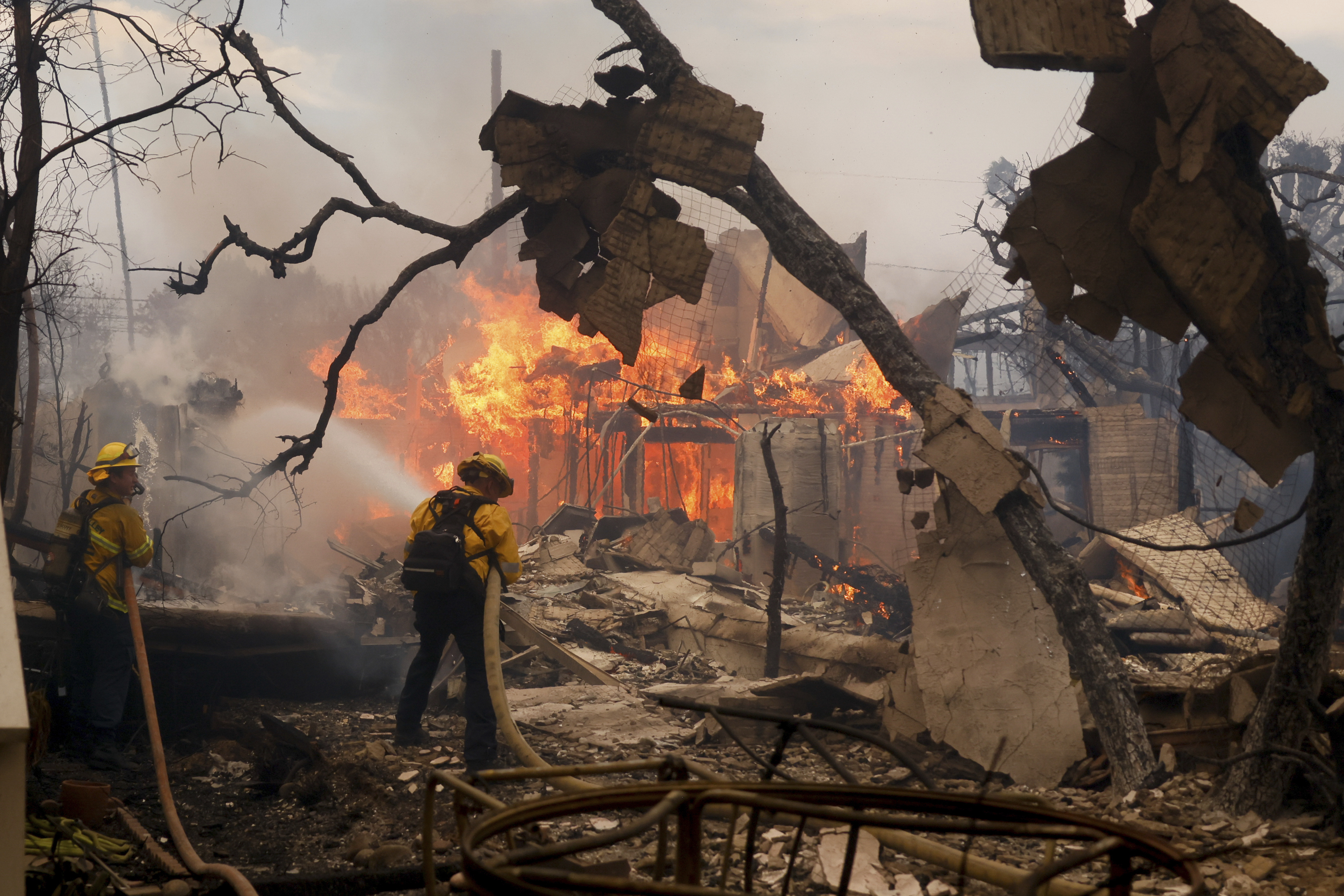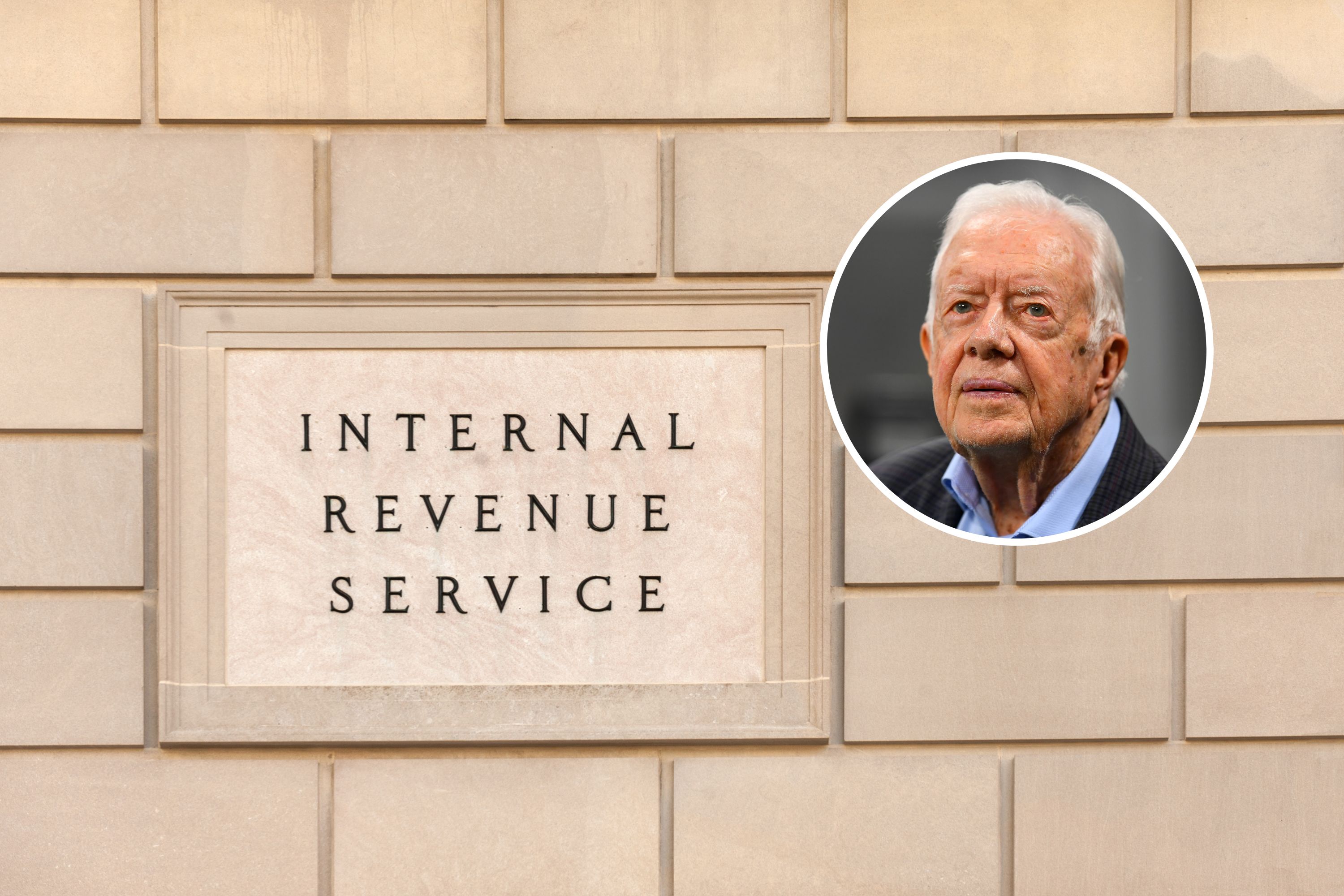This week, countries will gather in Colombia for the 16th meeting of the Conference of the Parties (COP 16) to the United Nations Convention on Biological Diversity. They do so at a moment of urgency: Our oceans are at a breaking point. The ecosystems that produce half of the oxygen we breathe, and much of the planet's protein, have been pushed to the edge of destruction by rapidly changing climate, overfishing, pollution, and habitat loss—resulting in a precipitous decline in marine biodiversity.
Governments worldwide responded by setting an ambitious goal, known as "30 by 30": protecting 30 percent of the world's ocean by 2030 by creating a network of marine protected areas (MPAs). But at this moment of peril, too many of today's MPAs don't live up to their name. If we're going to do what science and economics tell us we must, "protected" needs to mean protected.
It's time for a reality check.
Beneath the shine of too many of the world's 18,000 MPAs lies so much "fool's gold." Scratch the surface and you see that current data on MPA "progress" often overstates success. Many designated MPAs exist largely on paper and lack the teeth to halt biodiversity loss. Recent research on the world's 100 largest MPAs—which collectively account for 90 percent of all MPA coverage globally—reveals that there are no regulations or enforcement in a quarter of the area they cover, because the MPAs haven't been fully implemented. One-third of these 100 MPAs actually allow activities, such as industrial fishing, that undermine conservation efforts.
The bottom line is that only a third of the world's largest MPAs offer high or full protection and demonstrably benefit biodiversity. And these high-quality MPAs are unevenly distributed, concentrated in remote territories rather than in zones of intense human pressures near coasts.
As leaders gather in Colombia—leaders who have committed to establishing a network of "effectively conserved and managed" marine areas—it should be clear that trying to meet 30 by 30 targets by continuing to establish ineffective MPAs would be dishonest and delusional.
Measurable quality—not just the size of MPAs—matters most.

Fortunately, COP 16 presents a unique opportunity to elevate MPA quality and meet conservation targets. Developed nations and international bodies should invest in strengthening implementation, enforcement, and management for MPAs, especially in biodiversity hotspots. And, crucially, commitments to expand and connect MPAs must be tied to plans that maximize ecological and social benefits—including prohibitions against destructive industrial activities.
These plans require mobilizing significant new resources and commitments to assist developing nations. That includes debt forgiveness and debt conversions, such as the deal that Ecuador struck in May 2023, which not only saves the country $1 billion but also generates more than $450 million to protect the waters surrounding the Galápagos Islands.
But funding alone is not enough.
Lasting marine conservation requires a united front. Indigenous peoples and local communities, the stewards of these waters for generations, hold invaluable traditional knowledge; their active participation is key to designing effective protections that benefit both people and nature, and they must have a strong voice in how the waters are managed. Additionally, industries such as fishing, tourism, shipping, and energy must be engaged in the process; collaborative efforts with these stakeholders will ensure that regulations are practical and minimize disruptions to livelihoods.
Once MPAs are established, they require transparent and inclusive governance to ensure that conservation aligns with local values and contexts, fostering a sense of ownership. If collaboration and equity are prioritized in the creation and management of marine protected areas, they can become a driver of environmental and economic renewal.
Ultimately, protecting marine biodiversity hinges on humanity's willingness to responsibly place—and robustly implement—highly and fully protected areas covering at least 30 percent of the ocean. By valuing quality just as much as quantity, leaders at COP 16 can secure a living ocean for future generations. The map to reviving the ocean has been charted. Now we must sail it, with a compass pointed in the right direction.
John Kerry served as the 68th U.S. Secretary of State and President Biden's Special Presidential Envoy for Climate. Tom Dillon is the senior vice president for environment at The Pew Charitable Trusts.
The views expressed in this article are the writers' own.




















 English (US) ·
English (US) ·